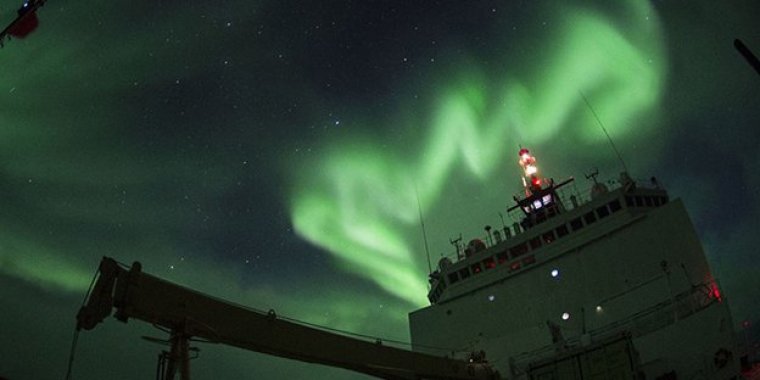| News / Science News |
Unraveling the mysteries of trace elements in the oceans
Heroes and villains abound in the story of trace elements, which are found in exceedingly low amounts in the ocean. Elements such as iron or zinc, are critical to marine life and play a key role in regulating the global carbon cycle. Other elements can be downright toxic to marine organisms or even cause potential health concerns in humans.

Scientists are unraveling the mysteries of trace elements in the oceans. Photo: U.S. Coast Guard photo by Petty Officer 2nd Class Cory J. Mendenhall
Trace elements are also very challenging to study -- for instance, each liter of seawater only contains around a billionth of a gram of iron -- and the way these elements cycle through the ecosystem and the oceans is complex.
In the last decade, however, help has arrived for those interested in gaining a better understanding of these mysterious metals, in the form of an international program called GEOTRACES. GEOTRACES has brought together scientists from more than 35 countries to map the oceans’ exceedingly rare trace elements and their isotopes.
Scientist Tim Conway of the University of South Florida served as lead editor of a special issue reporting results of the program and published in Chemical Geology.
It features 31 research articles reporting on trace elements in the ocean, such as iron released naturally, to plutonium from nuclear accidents like Fukushima or atom bomb testing.
Conway also served as lead author of a comprehensive editorial review that looks at the science in the special issue and lays out the history of GEOTRACES and the progress the program has made since its launch in 2010.
Conway said that the journal issue "features new science including the role of the Southern Ocean in dominating global trace element cycling, use of radioactive elements to better understand rates and processes, and improved knowledge of marine particles and atmospheric dust."
The flagship products of GEOTRACES are its publicly available datasets and electronic atlases -- which Conway and others also use as classroom tools. (National Science Foundation)
YOU MAY ALSO LIKE





